Shrubs for Low Mainentenance Garden
garden60
15 years ago
Related Stories
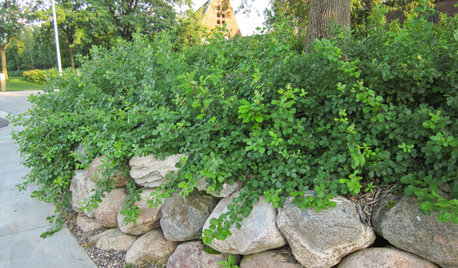
GARDENING GUIDESGreat Design Plant: Rhus Aromatica ‘Gro-Low’ Handles Many Tough Sites
Plant ‘Gro-Low’ fragrant sumac in eastern and midwestern U.S. gardens for its tolerance of tough sites, spreading form and orange fall color
Full Story
GARDENING GUIDES10 Drought-Tolerant Shrubs That Thrive in Full Sun and Reflected Heat
Got a hot spot in your garden where plants often die? Try these tough shrubs that add beauty while shrugging off the heat
Full Story
GARDENING GUIDES8 Native Shrubs for Year-Round Bird Feeding
It’s not just about berries. These plants provide insects for birds and seasonal interest for gardeners
Full Story
GARDENING GUIDES10 Cold- and Heat-Tolerant Perennials and Shrubs for the Arid West
These flowering native plants shrug off the cold of winter and heat of summer while adding beauty to the drought-tolerant landscape
Full Story
FALL GARDENING9 Deer-Resistant Flowering Shrubs to Plant This Fall
These exquisite shrubs will attract your attention but won’t tempt the deer that roam your neighborhood at night
Full Story
GARDENING GUIDES8 Deer-Resistant Elegant Evergreen Shrubs to Plant This Fall
Who knew that such beautiful shrubs could be deer-resistant?
Full Story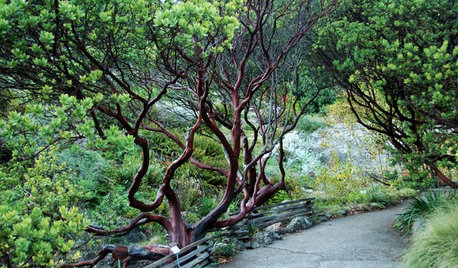
GARDENING FOR BUTTERFLIESGreat Design Plant: Parry Manzanita Stands Out in Low-Water Gardens
Make a dramatic architectural statement and feed wildlife in woodlands and more with Arctostaphylos manzanita
Full Story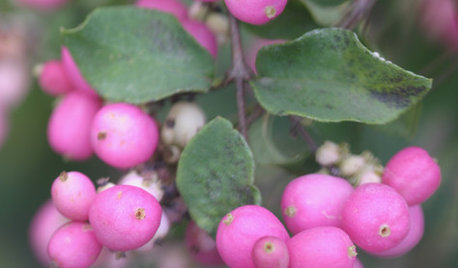
LANDSCAPE DESIGN5 Berry-licious Shrubs to Plant Now for Winter Interest
Showy color during snow season? You bet. These shrubs will wake up a garden with colorful berries when other plants are asleep
Full Story
GARDENING GUIDES9 Low-Growing Hedges That Make Good Neighbors
Define garden areas or borders without blocking the view, with these evergreen shrubs that take kindly to trimming
Full Story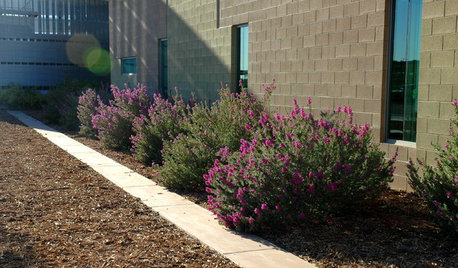
GARDENING GUIDESHow to Avoid Overcrowded, Overpruned Shrubs
Go for a more natural look that’s easier and less expensive to maintain by giving your plants the right amount of growing room
Full Story





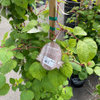
gardengal48 (PNW Z8/9)
harryshoe zone6 eastern Pennsylvania
Related Professionals
Sand Springs Landscape Architects & Landscape Designers · Broadlands Landscape Contractors · El Sobrante Landscape Contractors · Lemay Landscape Contractors · Lewisville Landscape Contractors · New Berlin Landscape Contractors · East Norriton Landscape Contractors · Brookfield Window Contractors · Two Rivers Window Contractors · Albany Driveway Installation & Maintenance · Chicago Driveway Installation & Maintenance · Coatesville Decks, Patios & Outdoor Enclosures · Manchester Decks, Patios & Outdoor Enclosures · Miami Decks, Patios & Outdoor Enclosures · Woodstock Decks, Patios & Outdoor Enclosuresostrich
duluthinbloomz4
ginkgonut
Embothrium
garden60Original Author
mbuckmaster
Bill_zone6
cearbhaill (zone 6b Eastern Kentucky)
mrgpag SW OH Z5/6
mrgpag SW OH Z5/6
NHBabs z4b-5a NH